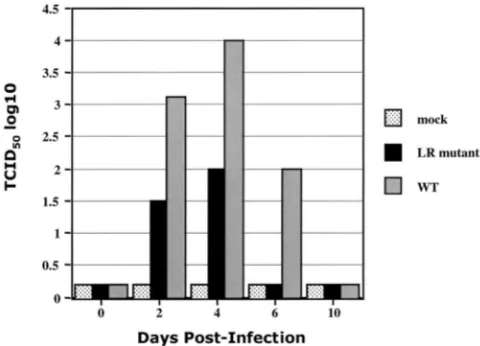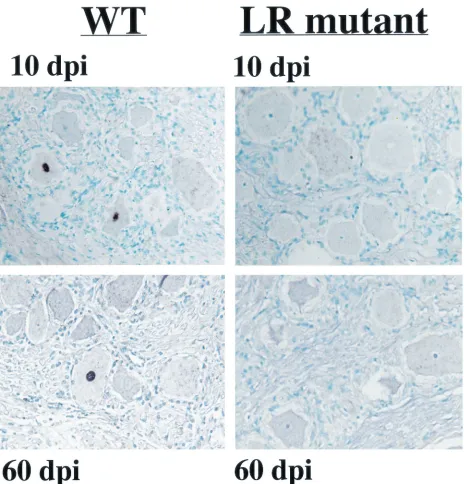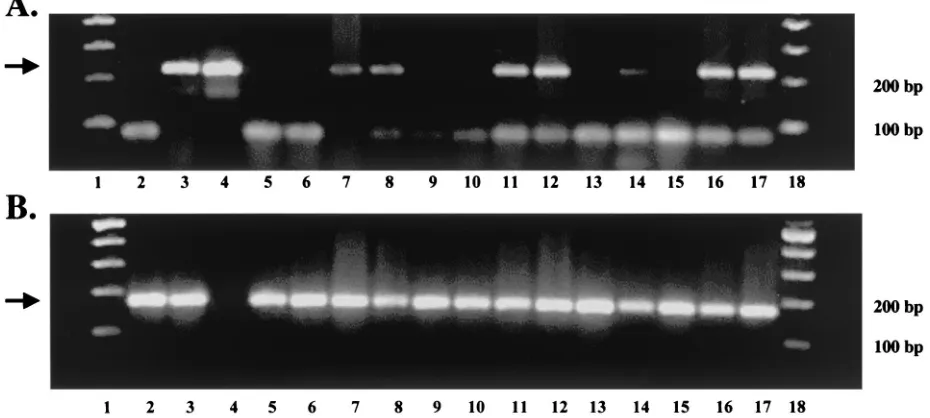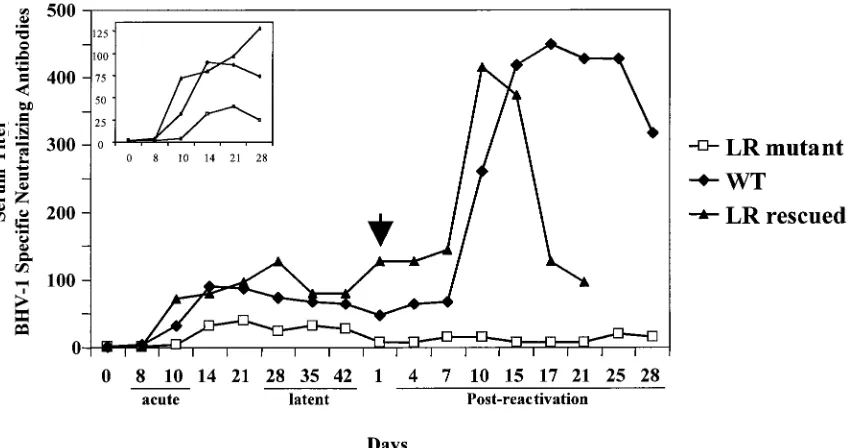A Mutation in the Latency-Related Gene of Bovine Herpesvirus 1 Disrupts the Latency Reactivation Cycle in Calves
Full text
Figure




Related documents
Our studies revealed that a  -catenin coactivator, high-mobility group AT– hook 1 protein (HMGA1), was read- ily detected in a subset of trigeminal ganglion neurons in
protein encoded by the bovine herpes virus 1 (BHV-1) latency related gene interacts with specific cellular regulatory proteins, including the CCAAT enhancer binding protein
Plasmids that expressed LR gene products promoted survival of monkey kidney (CV-1), human lung (IMR-90), or mouse neuroblastoma (neuro-2A) cells after induction of PCD.. Plasmids
In this report, we further characterize this LR transcrip- tionally active region (TAR) of the BHV-1 genome, including (i) fine mapping of the LR RNA in rabbit and bovine
Our results indicate that the LR promoter has strict orientation preferences in all cell types tested and that in bovine cells, promoter activity is stimulated by infection with
MCA were screened by the ELISA with purified BHV-1, purified BHV-1 nucleocapsid, BHV-1- infected cell lysate, herpes simplex virus type 2-infected cell.. lysate, and noninfected
Four of seven calves vaccinated under passive immunity became clearly BHV-1 seronegative by different serological tests, as did uninfected control calves after the disappearance
Infection of seven passively immunized young calves with a virulent strain of bovine herpesvirus type 1 (BHV-1) was performed to determine whether they could become seronegative